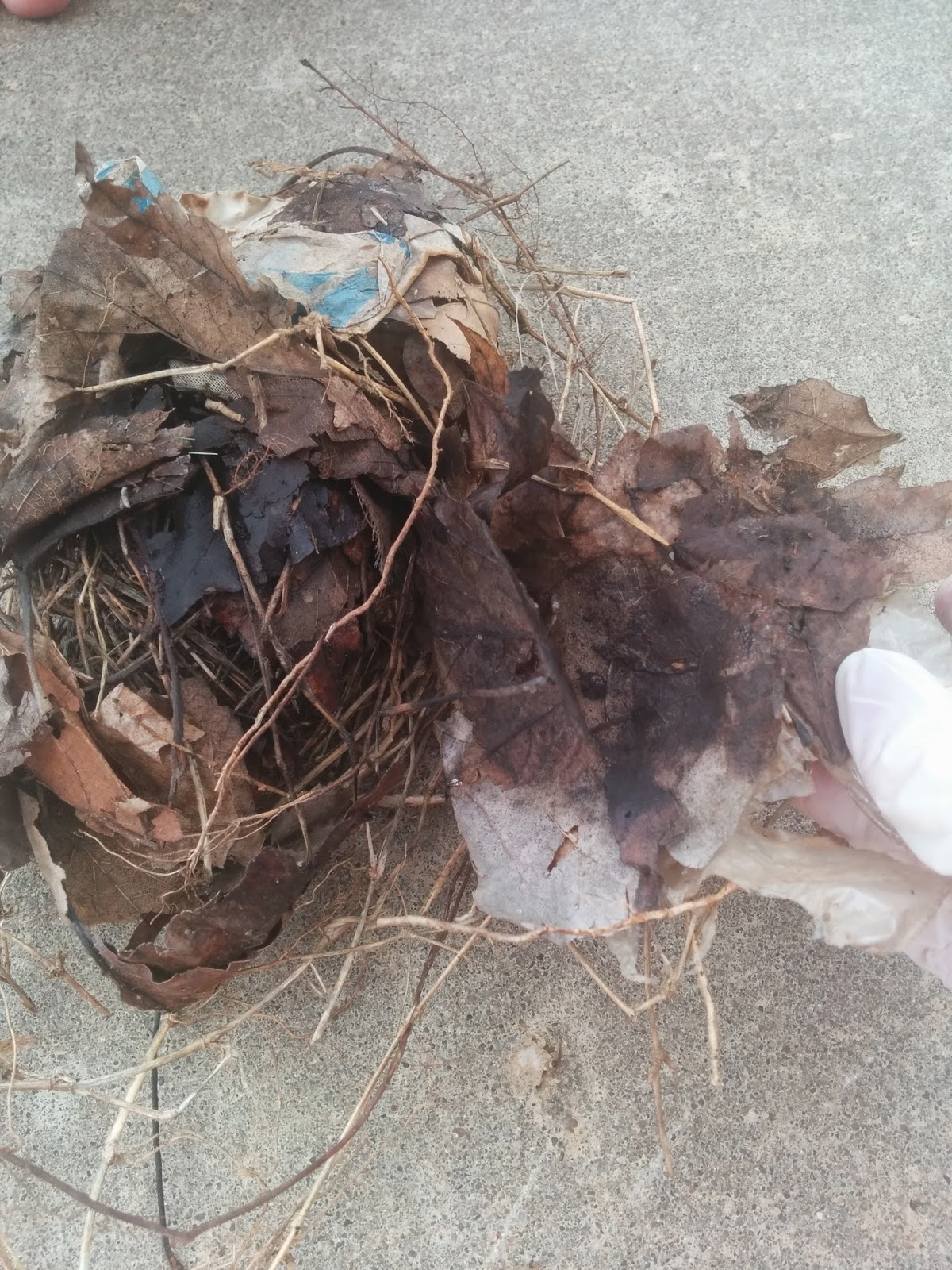When we began our "Summer of Science" I really didn't have exact plans. However, as we began to participate more in the Nature Exchange at the Tulsa Zoo, Evelyn began to shift our exploration more and more into Entomology. As her interest in larval and egg forms of different insects expanded, I started looking for butterfly kits online where you could watch the different life stages of an insect.
I ended up with the Caterpillar to Butterfly Kit from Naturegifts.com
The caterpillars arrived along with their kit and Evelyn was immediately engaged. She named all 6 caterpillars: Kirmy, Shirmy, Shanisha, Prince Hans, Bert, and Evelyn Jr.
We watched as they went from tiny little things....
To pupating caterpillars....
To chrysalises...
Then they moved into Evelyn's room in the large butterfly habitat provided by the kit. Until a few days later....
....when Evelyn Jr. emerged as a beautiful butterfly.
Even in the animal world, things don't always go they way you hope developmentally. Poor Bert, as Evelyn called him, was an example of what can happen if a butterfly doesn't fully emerge from its chrysalis correctly. Bert broke the seal on his chrysalis and then got stuck. His wings dried in a crumpled form, making flight impossible and movement difficult. We removed the chrysalis from around Bert once all the other butterflies had safely emerged and placed him in the habitat. He could make it to the feeder and was able to eat so we left him in there. Bert only lived about 2 days (compared to the 2-4 week average life span of a Painted Lady Butterfly) but we learned a lot about caring for special needs animals. We discussed the importance of development in animals and how amazing it is that so many times, everything works just right.
Evelyn drew the caterpillars throughout their life cycle and focused on using vocabulary (like pupate, proboscis, chrysalis, emergence) while I took it a step further and recorded data for growth for the caterpillars. I was amazed at how much I did not know about caterpillars. I recommend this kit for adults and children. I promise you will learn something, especially if you haven't done this since Kindergarten.



















































